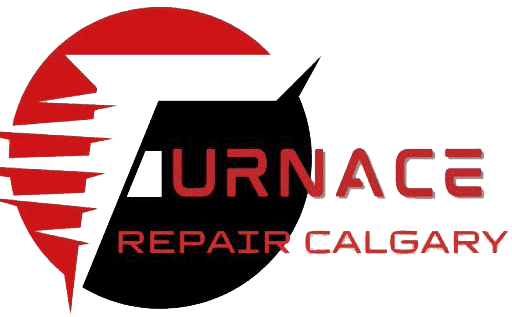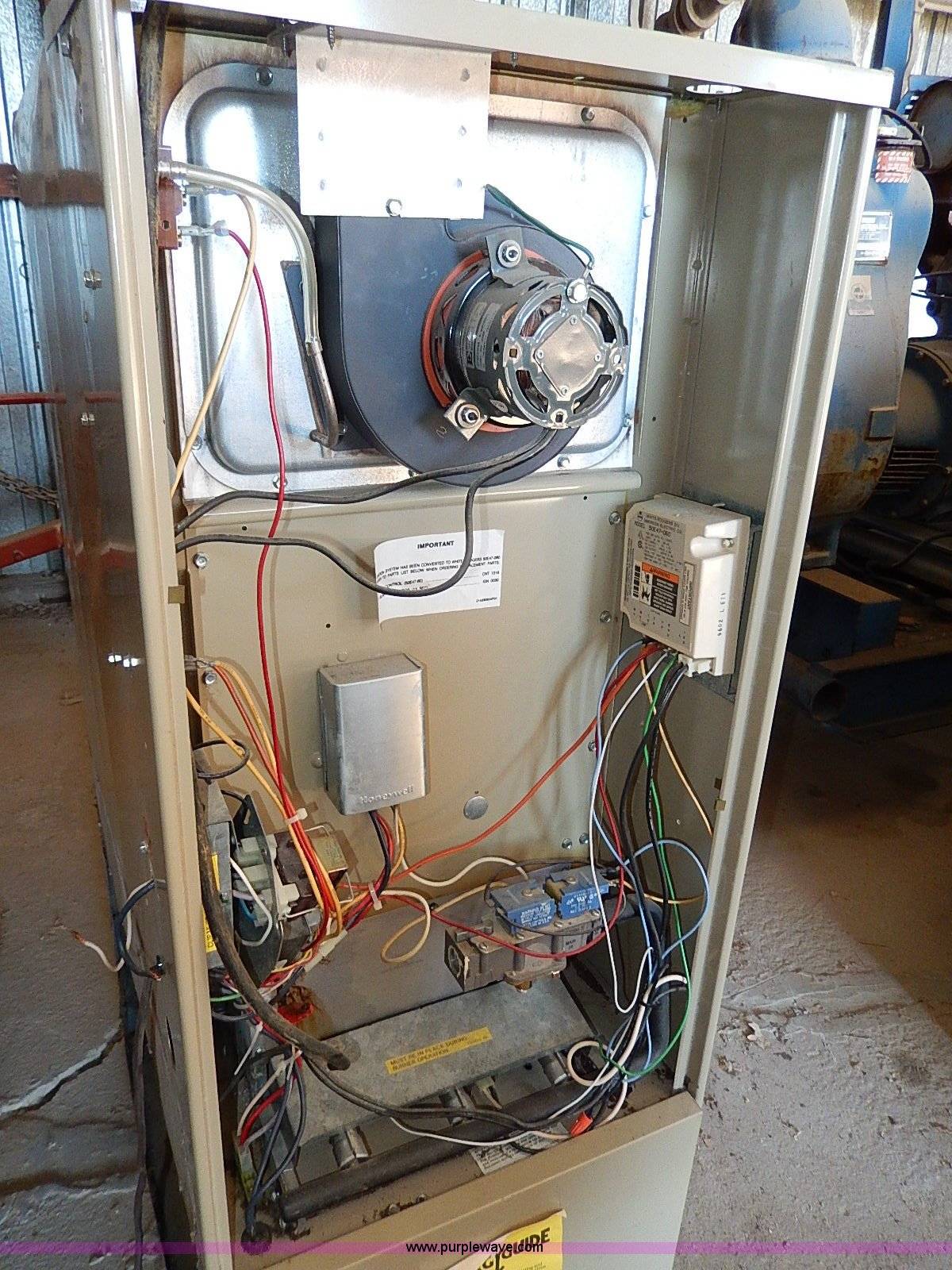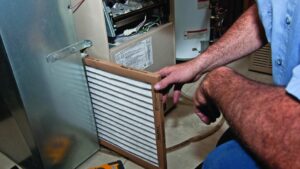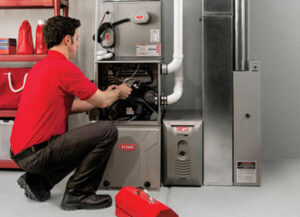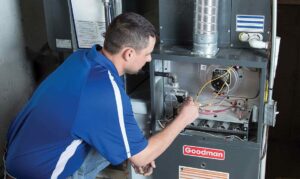How to Vent High Efficiency Furnace
When wondering how to vent high efficiency furnace outside, it is critical to understand the importance of high-efficiency venting. A byproduct of burning natural gas is combustion gases. It is imperative to vent these dangerous combustion gases out of your home.
A conventional gas furnace expels combustion gases through a vertical exhaust system attached to the furnace. Typically made of metal, the exhaust system removes the combustion gases. However, residual heat, mixed in with the combustion gases, is also lost through the ventilation.
High-efficiency furnaces capture the residual heat lost through the venting process and extract the heat before venting a highly corrosive condensate made up of carbon dioxide and water. The corrosive condensate would ruin the venting equipment used in conventional gas furnace ventilation. Instead, high-efficiency furnaces use PVC pipes to remove the corrosive liquid.
Other Aspects Involved in the Venting Process
You now have a rough idea of how to vent high efficient furnace outside. However, there are other aspects you should consider in the venting process. Following, we discuss some of these aspects.
Electronic ignition
Your furnace should possess the electronic ignition mode. The electronically controlled ignition system uses a resistant heating element, similar to the bulb filament.
In this paragraph, I will discuss a few reasons why a resistant heating element is beneficial:
- Its hot surface ensures the furnace burner ignites.
- It provides better safety options and better performance as opposed to the furnace’s pilot light.
- Because of its high operating efficiency, it gives the user energy-saving possibilities.
Special Furnace Drainage and Venting
In addition to exceptional venting capabilities, a high-efficiency furnace extracts heat until exhaust gases have cooled down and condensed. Once in a liquid form, it flows from the heat exchanger into a drain.
Sidewall venting
One of the most crucial safety features of gas-condensing systems is sidewall venting.
Firstly, proper sidewall venting requires individual horizontal pipes for venting to the outdoors. Moreover, these ventilation pipes must be airtight to eliminate any combustion gas leakage. Secondly, it is vital that any condensate drain backward without freezing and empty into the floor drain or catch basin.
Maintenance of High-Efficiency Furnaces
Regularly change your air filters
To avoid replacing your furnace before its time, you should regularly change the furnace’s air filters after every three months. In case you have pets, you should consider changing them more often. If not sure how often to clean your filters, check with an HVAC professional.
To ensure you purchase the correct filter for your furnace, check the manufacturer’s manual. The wrong filter could restrict airflow to a point where it strains the furnace.
If your furnace uses permanent filter types, refer to the manufacturer’s manual to check how to adequately clean the air filters to remove debris and dirt successfully.
Ensure that Pathway to Condensation Drains and Ventilation Pipes is Clear
To avoid furnace problems, ensure that the furnace system’s condensation drains and ventilation pipes are clear. This is part of the furnace cleaning and regular maintenance.
Conclusion: How to Vent High-Efficiency Furnace Outside
A high efficiency furnace can save you up to 30% on your heating bills. However, ensure that the PVC pipes are draining correctly and are not leaking to avoid damage to your home. To ensure your high efficiency furnace is operating safely, hire a professional HVAC company.
